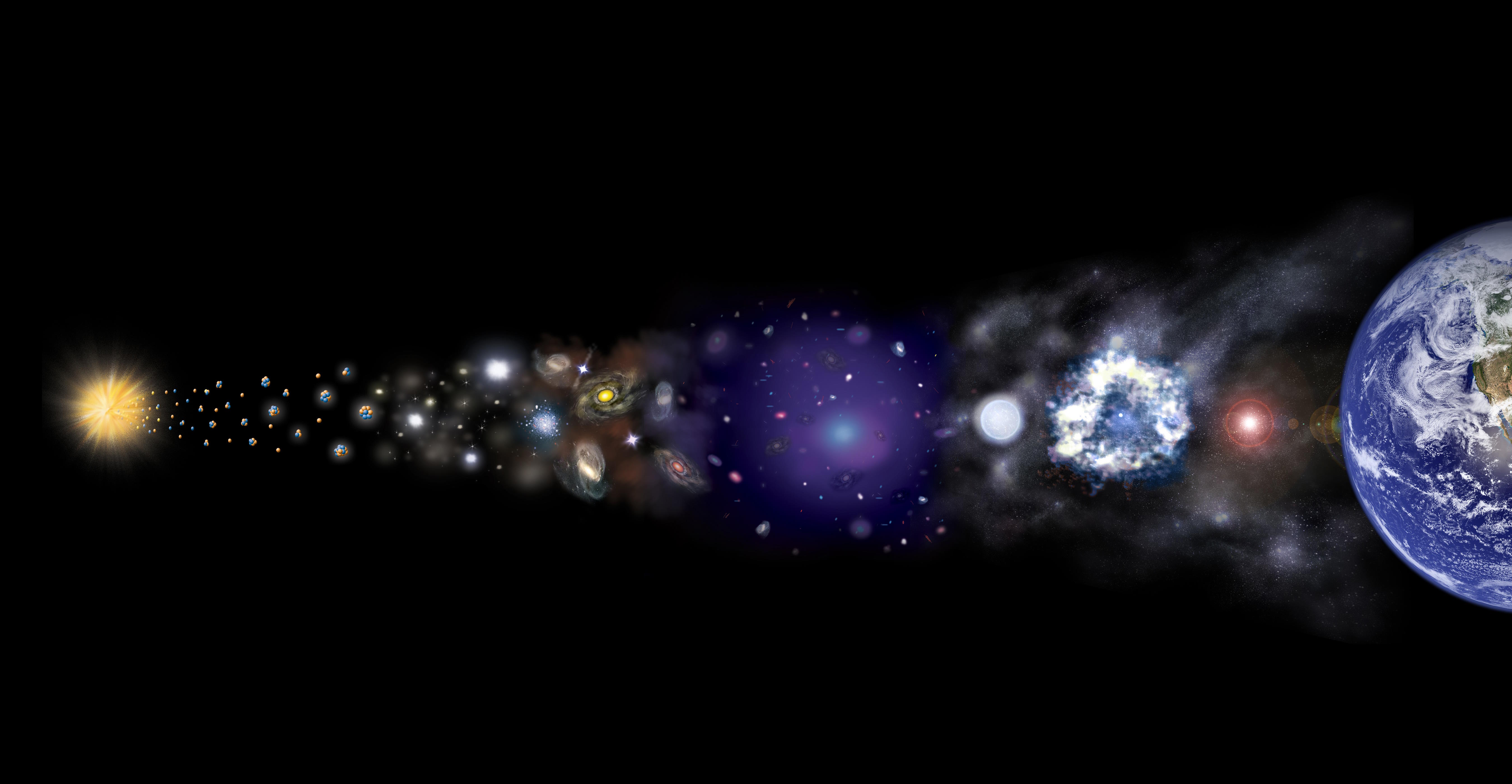Is the inflationary Universe a scientific theory? Not anymore
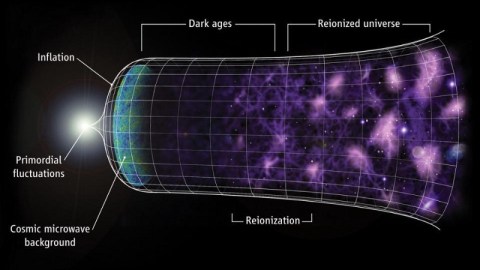
One of inflation’s cofounders has turned his back on the idea. But practically no one else is following him. Is he right?
This article was written by Sabine Hossenfelder. Sabine is a theoretical physicist specialized in quantum gravity and high energy physics. She also freelance writes about science.
“I know of no other scientist, no other theoretical physicist alive who has a clearer focus on whether our theories and ideas are relevant to the real world. And that’s always what he’s after.” –Neil Turok, on Paul Steinhardt
We are made from stretched quantum fluctuations. At least that’s cosmologists’ currently most popular explanation. According to their theory, the history of our existence began billions of years ago with a — now absent — field that propelled the universe into a phase of rapid expansion called “inflation.” When inflation ended, the field decayed and its energy was converted into radiation and particles which are still around today.
Inflation was proposed more than 35 years ago, among others, by Paul Steinhardt. But Steinhardt has become one of the theory’s most fervent critics. In a recent article in Scientific American, Steinhardt together with Anna Ijjas and Avi Loeb, don’t hold back. Most cosmologists, they claim, are uncritical believers:
“[T]he cosmology community has not taken a cold, honest look at the big bang inflationary theory or paid significant attention to critics who question whether inflation happened. Rather cosmologists appear to accept at face value the proponents’ assertion that we must believe the inflationary theory because it offers the only simple explanation of the observed features of the universe.”
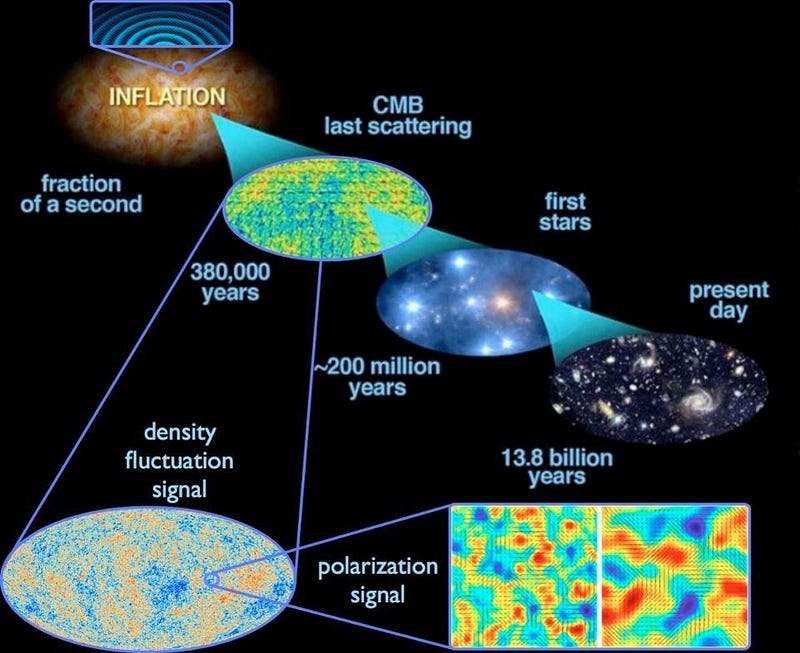
And it’s even worse, they argue, inflation is not even a scientific theory:
“[I]nflationary cosmology, as we currently understand it, cannot be evaluated using the scientific method.”
As alternative to inflation, Steinhardt et al. promote a “big bounce.” In this scenario, the universe’s current expansion was preceded by a phase of contraction, yielding similar benefits to inflation.
The group’s fight against inflation isn’t news. They laid out their arguments in a series of papers during the last years (on which I previously commented here). But the recent SciAm piece called The Defenders Of Inflation onto the stage. Led by David Kaiser, they signed a letter to Scientific American in which they complained that the magazine gave space to the inflationary criticism.
The letter’s list of undersigned is an odd selection of researchers who themselves work on inflation and of physics luminaries who have little if anything to do with inflation. Interestingly, Slava Mukhanov — one of the first to derive predictions from inflation — did not sign. And it’s not because he wasn’t asked. In an energetic talk delivered at Stephen Hawking’s birthday conference two months ago, Mukhanov made it pretty clear that he thinks most of inflationary model-building is but a waste of time.
I agree with Muhkanov’s assessment. The Steinhardt et al. article isn’t exactly a masterwork of science writing. It’s also unfortunate they’re using SciAm to promote some other theory of how the universe began rather than sticking to their criticism of inflation. But some criticism is overdue.
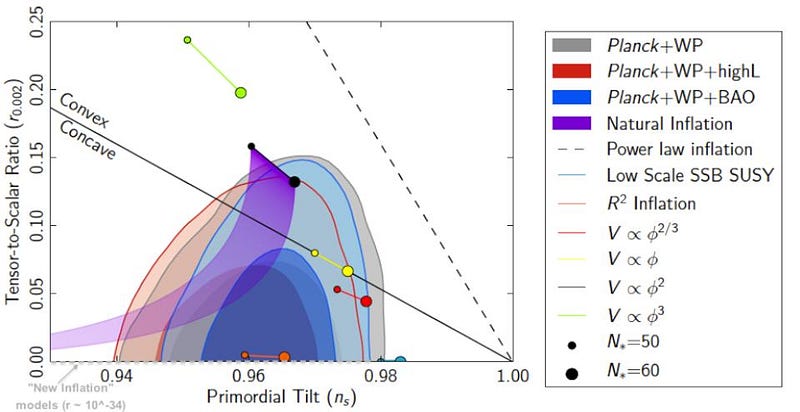
The problem with inflation isn’t the idea per se, but the overproduction of useless inflationary models. There are literally hundreds of these models, and they are — as the philosophers say — severely underdetermined. This means if one extrapolates the models that fit current data to regimes which are still untested, the result is ambiguous. Different models lead to very different predictions for not-yet made observations. Presently, it is therefore utterly pointless to twiddle with the details of inflation because there are literally infinitely many models that one can think up, giving rise to infinitely many different “predictions.”
Rather than taking on this overproduction problem, however, Steinhardt et al. in their SciAm piece focus on inflation’s failure to solve the problems it was meant to solve. However, this criticism is off-target because the problems that inflation was meant to solve aren’t problems to begin with.
I’m serious. Let’s look at those one by one:
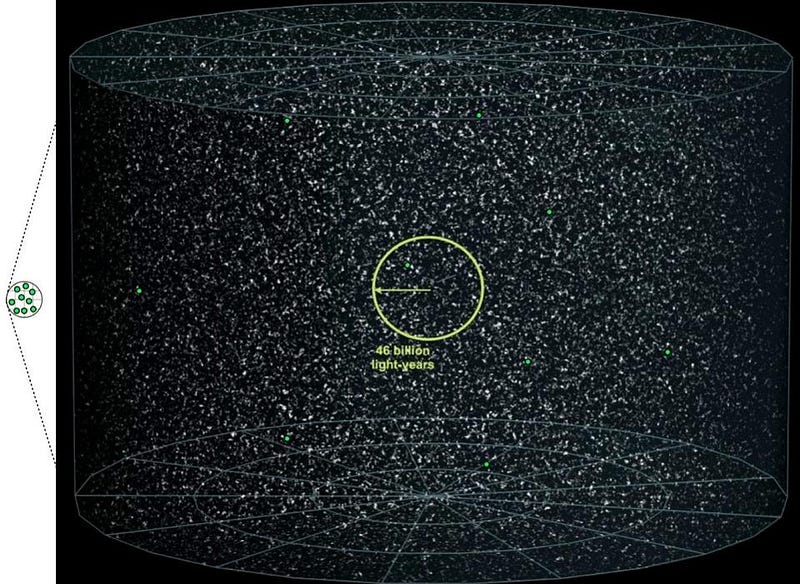
1. The Monopole Problem:
Guth invented inflation to solve the “monopole problem.” If the early universe underwent a phase-transition, for example because the symmetry of grand unification was broken — then topological defects, like monopoles, should have been produced abundantly. We do not, however, see any of them. Inflation dilutes the density of monopoles (and other worries) so that it’s unlikely we’ll ever encounter one.
But a plausible explanation for why we don’t see any monopoles is that there aren’t any. We don’t know there is any grand symmetry that was broken in the early universe, or if there is, we don’t know when it was broken, or if the breaking produced any defects. Indeed, all searchers for evidence of grand symmetry — mostly via proton decay — turned out negative. This motivation is interesting today merely for historical reasons.
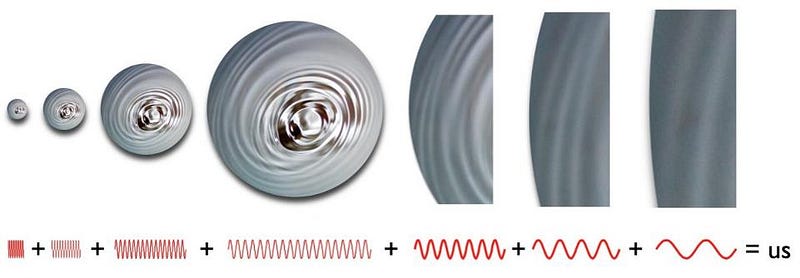
2. The Flatness Problem
The flatness problem is a finetuning problem. The universe currently seems to be almost flat, or if it has any spatial curvature, that curvature must be very small. The curvature contribution to the dynamics of the universe however increases in relevance relative to that of matter. This means if the curvature is small today, it must have been even smaller in the past. Inflation serves to make any initial curvature contribution smaller by something like 100 orders of magnitude or so.
This is supposed to be an explanation, but it doesn’t explain anything, for now you can ask, well, why wasn’t the original curvature larger than some other number? The reason that some physicists believe something is being explained here is that numbers close to 1 are pretty according to current beauty-standards, while numbers much smaller than 1 numbers aren’t. The flatness problem, therefore, is an aesthetics problem, and I don’t think it’s an argument any scientist should take seriously.
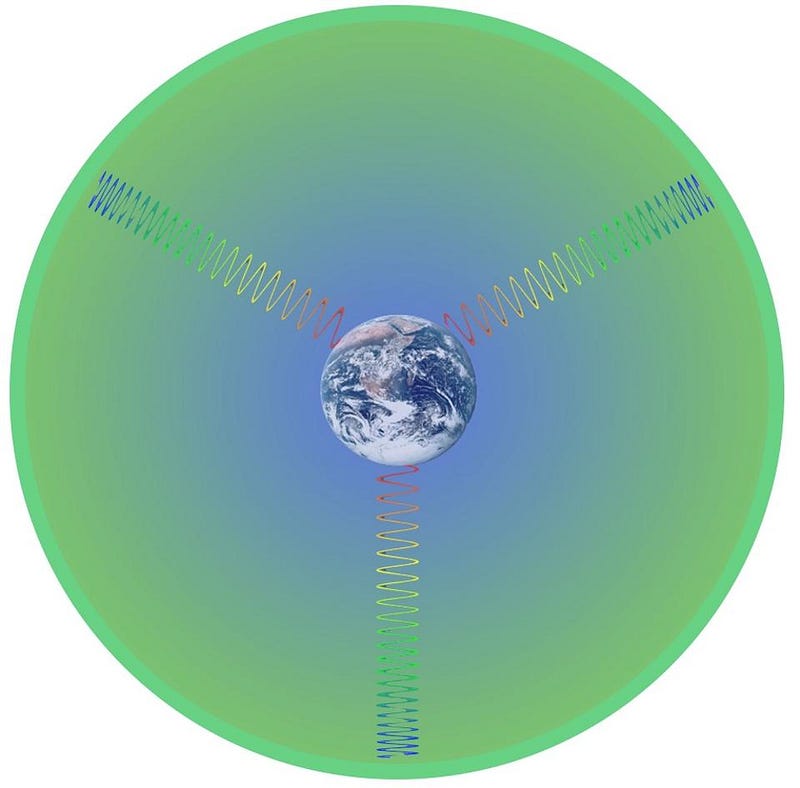
3. The Horizon Problem
The Cosmic Microwave Background (CMB) has almost the exact same temperature in all directions. The problem is, if you trace back the origin of the background radiation without inflation, then you find that the radiation that reached us from different directions was never in causal contact with each other. Why then does it have the same temperature in all directions?
To see why this problem isn’t a problem, you have to know how the theories that we currently use in physics work. We have an equation — a “differential equation” — that tells us how a system (eg, the universe) changes from one place to another and one moment to another. To make any use of this equation, however, we also need starting values or “initial conditions.”*
The horizon problem asks “why this initial condition” for the universe. This question is justified if an initial condition is complicated in the sense of requiring a lot of information. But a homogeneous temperature isn’t complicated. It’s dramatically easy. And not only isn’t there much to explain, inflation doesn’t even answer the question “why this initial condition” because it still needs an initial condition. It’s just a different initial condition. It’s not any simpler and it doesn’t explain anything.
Another way to see that this is a non-problem: if you’d go back in time far enough without inflation, you’d eventually get to a period when matter was so dense and curvature so high that quantum gravity was important. And what do we know about the likelihood of initial conditions in a theory of quantum gravity? Nothing. Absolutely nothing.
That we’d need quantum gravity to explain the initial condition for the universe, however, is an exceedingly unpopular point of view because nothing can be calculated and no predictions can be made.
Inflation, on the other hand, is a wonderfully productive model that allows cosmologists to churn out papers.
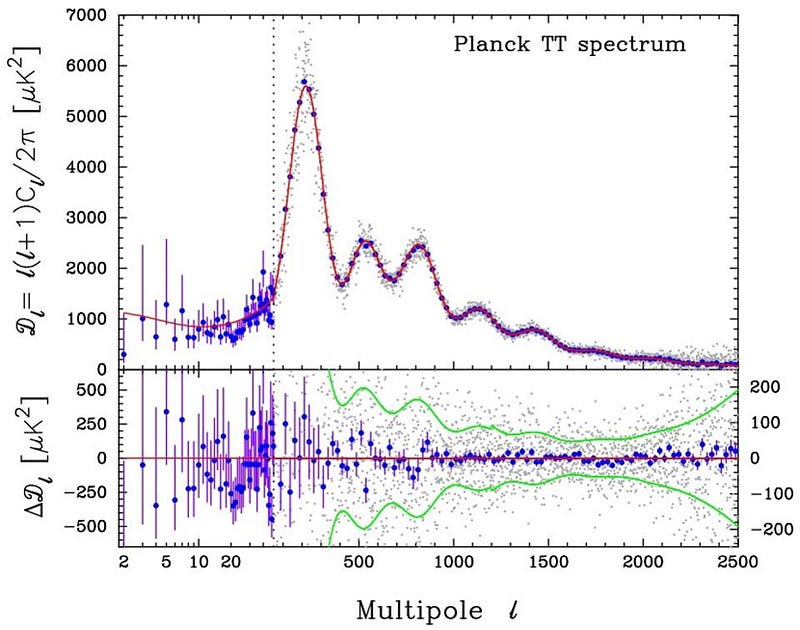
You will find the above three problems religiously repeated as a motivation for inflation, in lectures and textbooks and popular science pages all over the place. But these problems aren’t problems, never were problems, and never required a solution.
Even though inflation was ill-motivated when conceived, however, it later turned out to actually solve some real problems. Yes, sometimes physicists work on the wrong things for the right reasons, and sometimes they work on the right things for the wrong reasons. Inflation is an example for the latter.
The reasons why many physicists today think something like inflation must have happened are not that it supposedly solves the three above problems. It’s that some features of the CMB have correlations (the “TE power spectrum”) which depend on the size of the fluctuations, and implies a dependence on the size of the universe. This correlation, therefore, cannot be easily explained by just choosing an initial condition, since it is data that goes back to different times. It really tells us something about how the universe changed with time, not just where it started from.**
Two other, convincing features of inflation are that, under fairly general circumstances, the model also explains the absence of certain correlations in the CMB (the “non-Gaussianities”) and how many CMB fluctuations there are of any size, quantified by what is known as the “scale factor.”
But here is the rub. To make predictions with inflation one cannot just say “there once was exponential expansion and it ended somehow.” No, to be able to calculate something, one needs a mathematical model. The current models for inflation work by introducing a new field — the “inflaton” — and give this field a potential energy. The potential energy depends on various parameters. And these parameters can then be related to observations.
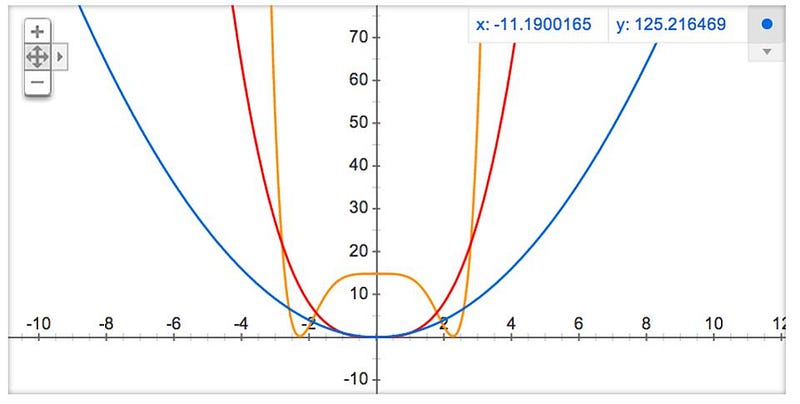
The scientific approach to the situation would be to choose a model, determine the parameters that best fit observations, and then revise the model as necessary — i.e., as new data comes in. But that’s not what cosmologists presently do. Instead, they have produced so many variants of models that they can now “predict” pretty much anything that might be measured in the foreseeable future.
It is this abundance of useless models that gives rise to the criticism that inflation is not a scientific theory. And on that account, the criticism is justified. It’s not good scientific practice. It is a practice that, to say it bluntly, has become commonplace because it results in papers, not because it advances science.
I was therefore dismayed to see that the criticism by Steinhardt, Ijas, and Loeb was dismissed so quickly by a community which has become too comfortable with itself. Inflation is useful because it relates existing observations to an underlying mathematical model, yes. But we don’t yet have enough data to make reliable predictions from it. We don’t even have enough data to convincingly rule out alternatives.
There hasn’t been a Nobel Prize for inflation, and I think the Nobel committee did well in that decision.
There’s no warning sign you when you cross the border between science and blabla-land. But inflationary model building left behind reasonable scientific speculation long ago. I, for one, am glad that at least some people are speaking out about it. And that’s why I approve of the Steinhardt et al. criticism.
* Contrary to what the name suggest, the initial conditions could be at any moment, not necessarily the initial one. We would still call them initial conditions.
** This argument is somewhat circular because extracting the time-dependence for the modes already presumes something like inflation. But at least it’s a strong indicator.
Ethan Siegel is the author of Beyond the Galaxy and Treknology. You can pre-order his third book, currently in development: the Encyclopaedia Cosmologica.




